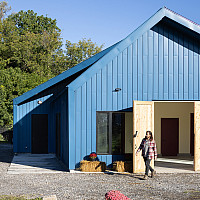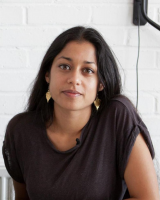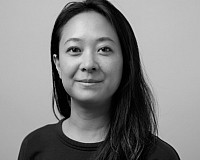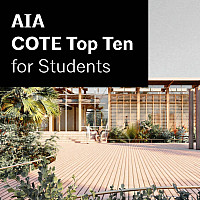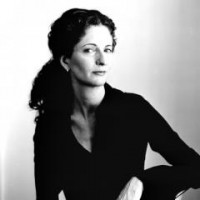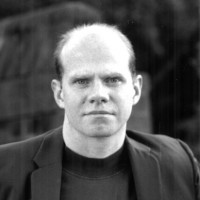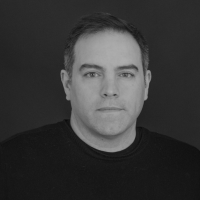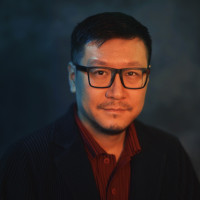The two studios worked within the M.S. in Architecture core research agenda—Design | Energy | Futures—to develop urban design proposals as well as post-industrial regeneration proposals for Xiong’an, a newly planned, non-capital functioned city. The book and research is sponsored by the Shenzhen Institute of Building Research.
The projects featured in the catalogue were exhibited at the 2018 Venice Biennale, under the theme “Time Space Existence,” curated by the European Cultural Center, and were shortlisted for the University Project Award. This same work was also exhibited in Summer 2018 at the World Innovation & Entrepreneurship Expo (WIEE) in Shanghai. Supported by the National Ministry of Science and Technology and the Shanghai Municipal Government, and situated within the framework of the Pujiang Innovation Forum, Tongji University initiated and hosted the WIEE to promote innovation and entrepreneurship in Shanghai and China. The Syracuse Architecture pavilion took the form of a shipping container where studio work and physical models were exhibited.
Professor Wang, along with Syracuse Architecture students Rongzhu Gu (MS ’17), Furui Sun (BArch ’19), Minglu Wei (BArch ’19), and Bingyu Zeng (MS ’18), were invited in Summer 2018 to collaborate with Syracuse Architecture partner and sponsor, Shenzhen IBR, to renovate three courtyard houses near Beijing in Rong County (the future Xiong’an New Area). These houses will serve as residential, working and cafeteria facilities for IBR employees. The students worked on new designs for the houses and installed many new housing features, including handmade color cement tiles and solar blocks. In addition, they transformed the alleyway into an outdoor E-Art Museum, and installed as the first show their own drawings of urban regeneration in Xiong’an and Shenzhen.
Professor Wang’s MS studio continues to focus on Xiong’an. And the students listed above are working on Xiong’an as their B.Arch. design and M.S. research thesis topic.















